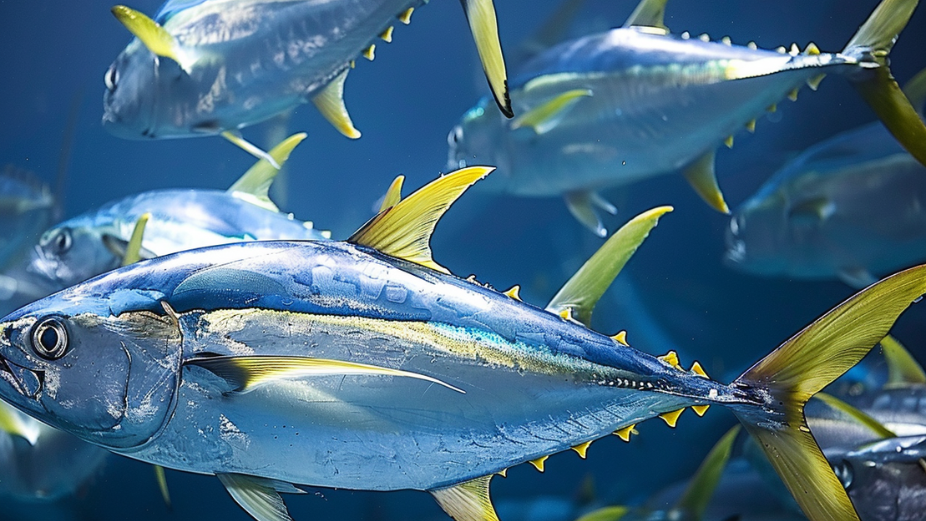
The Ministry of Fisheries and Ocean Resources has announced that longline fishing will not be permitted in the northern atolls of the Maldives, where yellowfin tuna fishing is most prevalent. This decision comes as part of a broader set of guidelines recently developed following a Cabinet decision to allow longline fishing for species such as yellowfin tuna, bigeye tuna, and billfish in the country.
The Ministry clarified that longline fishing permits would be issued only for areas where traditional handline fishing is not commonly practised. Specifically, these permits will be granted for regions 100 miles outside the archipelagic baseline of the Maldives, excluding the northern atolls. The Ministry stated that this exclusion aims to protect the livelihoods of yellowfin tuna fishermen who primarily operate in these northern waters.
According to the new guidelines, longline fishing will be permitted from the east and west of Addu Atoll to the south of Raa Atoll Alifushi. The Ministry’s records indicate that yellowfin tuna fisheries are most active north of Alifushi, hence the restriction on longline fishing in these areas.
The Ministry also highlighted that longline fishing permits could not be issued south of Addu Atoll due to the proximity to Chagos territory, which begins 100 miles from this region. However, longline fishing will be allowed in the high seas 200 miles outside of the Maldives’ territorial waters, where vessels from various countries, including France, Portugal, and Spain, conduct similar fishing activities for bigeye tuna.
Despite these measures, yellowfin tuna fishermen have voiced significant concerns about the introduction of longline fishing. Many argue that the current guidelines and regulations disproportionately disadvantage Maldivian fishermen. Specific concerns include the lack of local fishing vessels capable of obtaining longline fishing permits and the government’s decision to issue permits only to specific types of boats.
In response to these concerns, fishermen and environmental NGOs have organised protests against the government’s decision to allow longline fishing. They argue that the new regulations could lead to economic losses for local fishermen and potentially harm the environment.
The Ministry has sought to reassure stakeholders by stating that the longline fishing regulations include strict monitoring measures. Vessels issued permits will be equipped with vessel locating devices and electronic monitoring systems, enabling real-time tracking of their movements. Additionally, vessels must obtain departure clearance permits before embarking on fishing trips, which can only depart from Hulhumalé harbour.
The Ministry also addressed concerns regarding the Indian Ocean Tuna Commission’s (IOTC) quota allocations. The IOTC has allocated a quota of 47,000 tonnes of yellowfin tuna to the Maldives, although the country has historically only caught approximately 30,000 tonnes annually over the past decade. The quota for bigeye tuna is set at 2,000 tonnes. The Ministry warned that failing to meet these quotas could lead to a reduction in future allocations, a matter already under discussion with the IOTC.
In an effort to manage the yellowfin tuna stock sustainably, the Ministry has set a specific quota of 17,000 tonnes for longline fishing in the Maldives. Vessels wishing to engage in longline fishing will be required to purchase these quotas.
As the debate over longline fishing continues, the Ministry of Fisheries and Ocean Resources maintains that the measures implemented will ensure sustainable fishing practices while safeguarding the interests of both the environment and local fishermen. However, with protests on the horizon, it is clear that this issue will remain a contentious topic in the Maldives.












